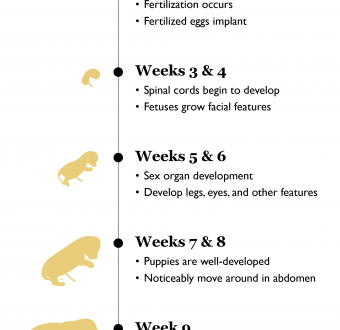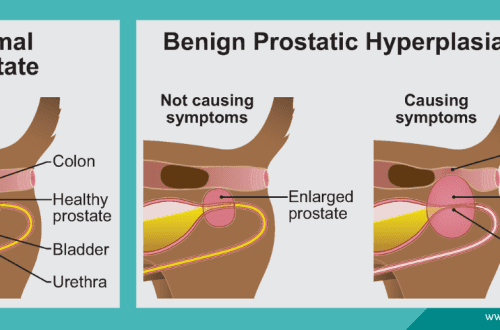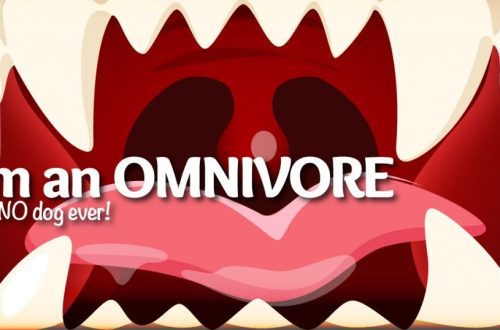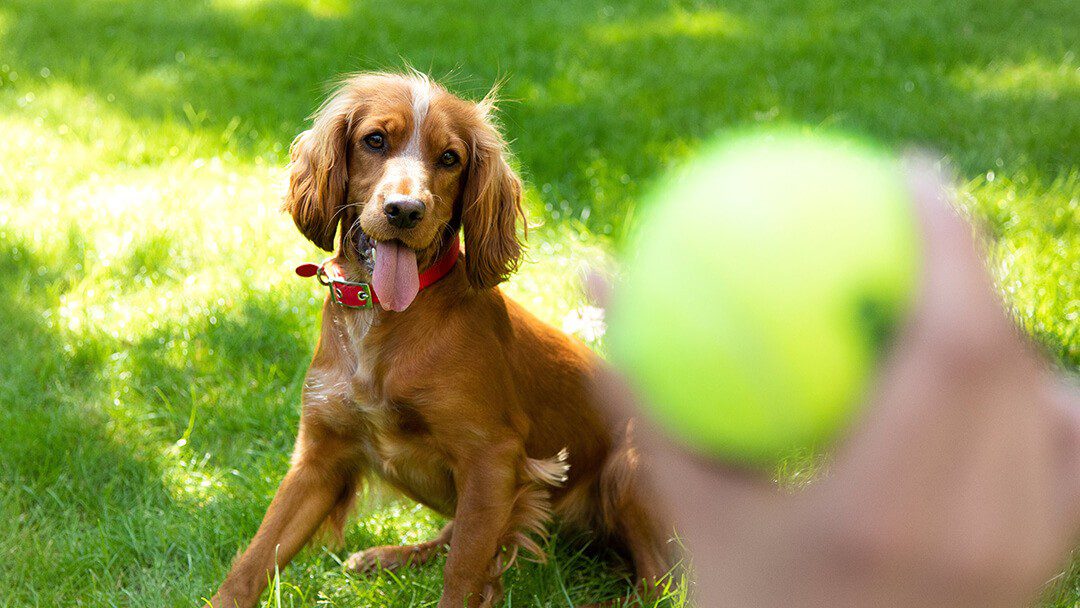
Teenage dog
Many owners, having read horror stories on the Internet, look forward with trepidation when their puppy reaches adolescence. Suspecting that in an instant he will turn from a cute fluffy into a fire-breathing dragon. But is it all that scary?
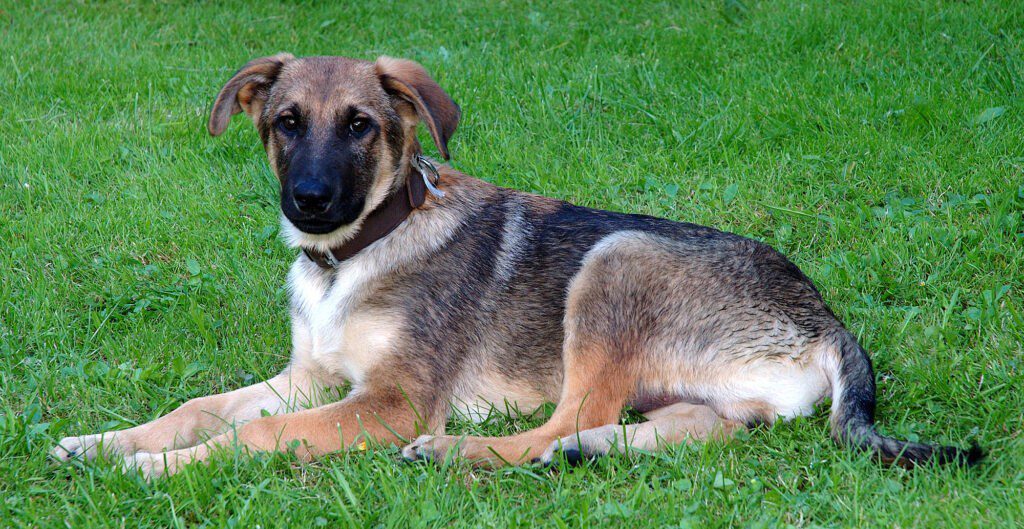
Contents
When does adolescence begin in dogs and how does it manifest itself?
The fact that the dog is maturing can be seen at 6 to 9 months. Teeth change, the puppy becomes more self-confident and independent. Hormonal and neurochemical changes occur in the body at this time, which, of course, affect behavior.
But how much this behavior will change in adolescence depends largely on the owner.
If mistakes were made in the upbringing and training of dogs, it is at this age that they clearly make themselves felt, and behavioral problems appear. Including if there are violations of attachment (for example, insecure attachment) of the dog to the owner.
For example, an experiment conducted by scientists showed that dogs at the age of 8 months perform commands worse than at 5 months. However, what is curious is precisely in those cases when the command was given by the owner, and not by a stranger. In communicating with strangers, the learned skills did not fly out of the puppy’s memory.
Also at this age, dogs have a lower ability to control emotions, and reactions to certain stimuli increase.
Teenage dogs are more likely to explore the outside world rather than stay close to their owner.
But, again, we note that all this becomes a hindrance in interacting with the dog if mistakes were made earlier. If there were no serious mistakes, you can “skip” the pet’s adolescence without even noticing it.
What to do with a teenage dog
Keep exercising with your pet with positive reinforcement. But you may need to reconsider the types of reinforcements. Recall that encouragement is not what you consider as such, but what is needed, important and interesting to the dog at this particular moment. For example, it may be communication with relatives, and not a piece of dry food.
There are a huge number of games and exercises aimed at developing self-control, switching attention, balancing excitation and inhibition, and improving contact with the owner. Don’t neglect them.
Feel free to return “to the nursery” if you see that the puppy is not following a seemingly familiar command. Return to the previous stage of training and reinforce the skill again before making the task more difficult.
Give your teenage dog the opportunity to explore the world around him. Remember that the minimum duration of walks at this age (if there are no health restrictions) is 3 – 3,5 hours a day. And if you have the opportunity, then more. Moreover, the walks should be varied and exciting. with your interaction. And you can find out who is wrong in social networks at home. If for some reason you cannot let your pet go, get a long leash (at least 5 meters, more is better).
Control communication with other dogs. Teenagers are no longer puppies with immunity status. And if your dog does not know how to politely communicate with relatives, they may react aggressively to impoliteness. So when interacting with other dogs, consider their mood, watch their body language and take breaks in time.
In general, as noted above, if no serious mistakes were made at the previous stage, adolescence is not as scary as it is described in social networks. If your four-legged friend has developed a secure attachment to you, loves to engage and is willing to cooperate, you will continue to enjoy your interactions as before.
If you feel overwhelmed and the situation is getting out of control, don’t hesitate to seek help from a humane professional.



